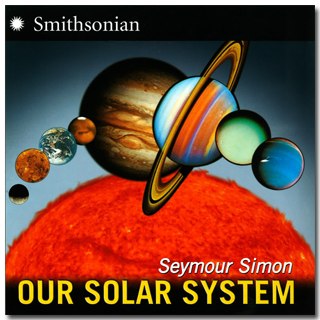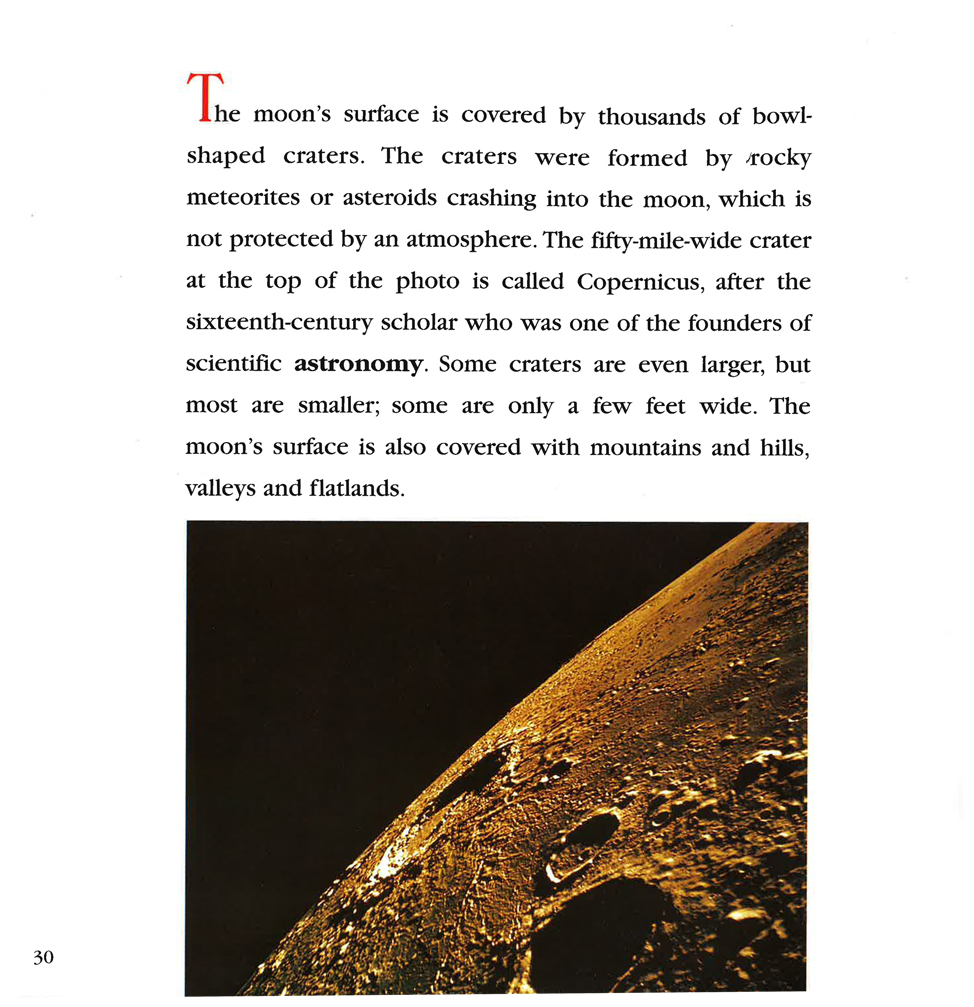
A FEW OTHER EVENTS FOR
MAY 19:
- Happy birthday Pauline Clarke (Return of the Twelves), Peter J. Lippman (Archibald: Or, I was Very Shy), Judith Hendershot (In Coal Country), Arthur Dorros (Abuela), Sarah Ellis (Odd Man Out), Elise Primavera (Auntie Claus), Kimberly Bulcken Root (Birdie’s Lighthouse).
- It’s the birth date of Mary V. Carey (1925-1994), The Three Investigators series, and Lorraine Hansberry (1930-1965), A Raisin in the Sun.
- Malcolm X (1925-1965) was also born on this day. Read Malcolm X: By Any Means Necessary by Walter Dean Myers and Malcolm X by Arnold Adoff, illustrated by Rudy Gutierrez.
- It’s May Ray Day. Read The Day Ray Got Away by Angela Johnson, illustrated by Luke LaMarca.
On May 19, 1961, Venera 1 became the first man-made object to fly by another planet, Venus, as part of the ongoing exploration of Earth’s solar system. May not only marks this occasion but is also the month we celebrate Get Caught Reading Month . Together these two facts make me think of Seymour Simon and our book of the day, Our Solar System.
Often when people talk about losing themselves in a book, they mention a compelling work of fiction. But research on children’s reading habits has indicated that 50 percent of them prefer reading true stories—or what we call nonfiction. So half of our children not only like to get lost in fiction but also in books that help them make sense of their world and their universe. Since the publication of his first book  Animals in the Field and Laboratory in 1968, Seymour Simon has been writing what he has termed “guidebooks to unknown territories” for young readers.
In more than 250 books for children, he has set out to explain a variety of animal species, computers, anatomy, the ocean, and outer space. Certainly one of his most engaging series focuses on the planets in the solar system. In 2007 Seymour revised Our Solar System—one of his best books—because of its scope and simplicity.
Key to all of Seymour Simon’s writing is his ability to make extremely complex subjects easy to understand, never forgetting to educate and enlighten children in terms they can comprehend. For instance, when describing the size of the sun, Seymour writes, “If the sun were hollow, it could hold 1.3 million Earths. If Earth were the size of a basketball, the sun would be as big as a basketball court.” I am personally indebted to Seymour for the information in this book about the change of the status of Pluto. I read a lot of journalistic coverage when that happened. But his description in Our Solar System allows me to understand why my once-beloved planet is now considered a dwarf. Well, I am still fond of Pluto, whatever it is now called.
Spectacular full-color photographs make Our Solar System as enjoyable to look at as it is to read. In 64 pages, Seymour has provided a field guide to our solar system. This book, and all of his others, makes me so glad that this best among all science teachers turned his hand to writing books. Now we can all study in his classroom.
Originally posted May 19, 2014. Updated for .














Anita! I am touched and humbled. Thank you so much for this posting!
Seymour